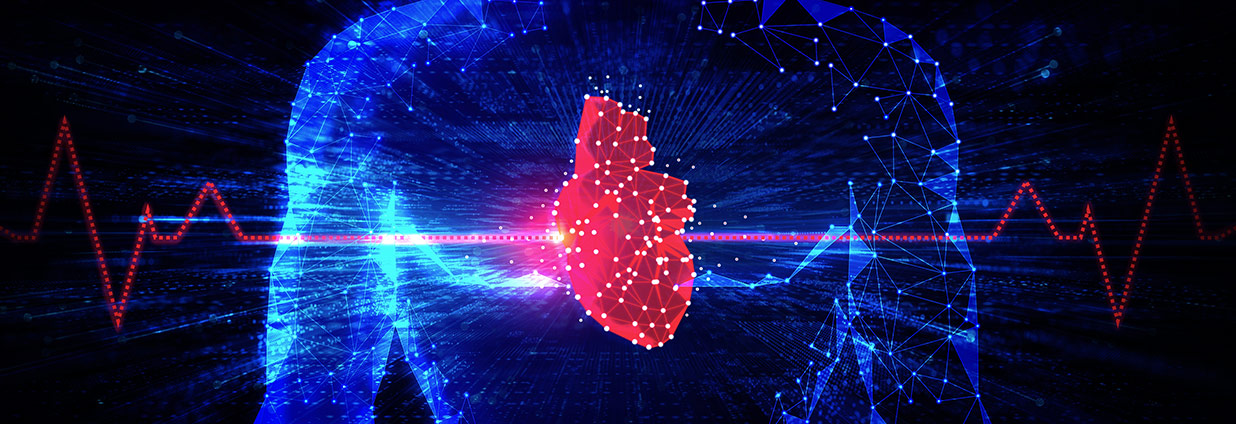Electrophysiology
Electrophysiology (EP) focuses on the electrical system of your heart. Normally, electrical impulses cause your heart to beat at an appropriate rate and rhythm. However, sometimes arrhythmias and potentially serious disorders can affect the heart’s rhythm. Cardiac electrophysiology examines and treats the heart's electrical system.
Learn about electrophysiology treatments and services offered at Baptist below.

Electrical Studies and Ablations
EP studies and ablations are invasive heart testing procedures that require one or more sheaths to be inserted into your veins and possibly an artery. Some physicians insert a sheath in a blood vessel near the collarbone. Through these sheaths, catheters are placed that can send and receive electrical signals from your heart.
X-ray is used to see these catheters during your heart testing procedure. X-ray dye may be needed to see your anatomy. If the physician is performing an ablation, he may choose radio frequency energy or cryoablation. After evaluating your medical history and test results, your doctor may recommend the insertion of a device.
Permanent Pacemaker
If your heart can no longer provide the right electrical stimulus and conduct the current through the regions of your heart, your doctor may recommend a pacemaker. It will be inserted in the area under your left or right collar bone depending on your history. Your surgeon makes an incision and pocket for the device and inserts a lead or leads in a blood vessel and connect them to the device. The pacemaker is placed in the pocket under the skin and the incision is then closed.
Cardiac Ablation (Cryoablation and Radiofrequency Ablations)
When a patient has an abnormal heart rhythm, this minimally invasive type of heart surgery can help treat the problem. The surgeon guides a small catheter containing an electrode through the veins to the heart muscle, at which point a mild, painless radiofrequency energy is transmitted to destroy a few heart muscle cells in order to cure the electrical signal problem that caused the abnormal heart rhythm.
Internal Cardiac Defibrillators (ICD)
Some individuals are at high risk for life-threatening arrhythmias. This can be due to a physical condition, as well as hereditary conditions. Your surgeon can insert an ICD, which appears similar to a pacemaker but is larger. As well as sensing and terminating fast heart rhythms from the bottom of the heart, defibrillators can also pace like a pacemaker. This provides protection from slow heart rhythms.
Biventricular Pacemakers and Defibrillators
If the left and right ventricles of the heart are not contracting at the same time, your heart may need help with this function and can be accomplished by adding a third lead through the coronary sinus. Your lead allows your device to improve the timing of your contractions.
Internal Loop Recorders
If tests do not provide the information your doctor needs to make a diagnosis for your symptoms, or if your doctor needs to have documentation of your heart rhythm for an extended period, a loop recorder implant may be suggested. This is a small device that is placed under the skin in the left chest through a puncture. This device can typically last three years, if needed, after which time it can be removed.
Cardioversion
This is a heart testing procedure used to get your heart in a regular rhythm with normal electrical conduction.
Tilt Table Test
Patients who are passing out or experiencing loss of consciousness may need this cardiovascular test. You will be asked to lie flat on a table connected to monitoring equipment. Safety straps are placed under your arms, around your waist and above and below your ankles. Blood pressure, heart rate and oxygen saturations will be monitored and recorded. After a baseline of information is collected, your doctor will ask that the table be raised to an almost standing position, approximately 70 degrees.


